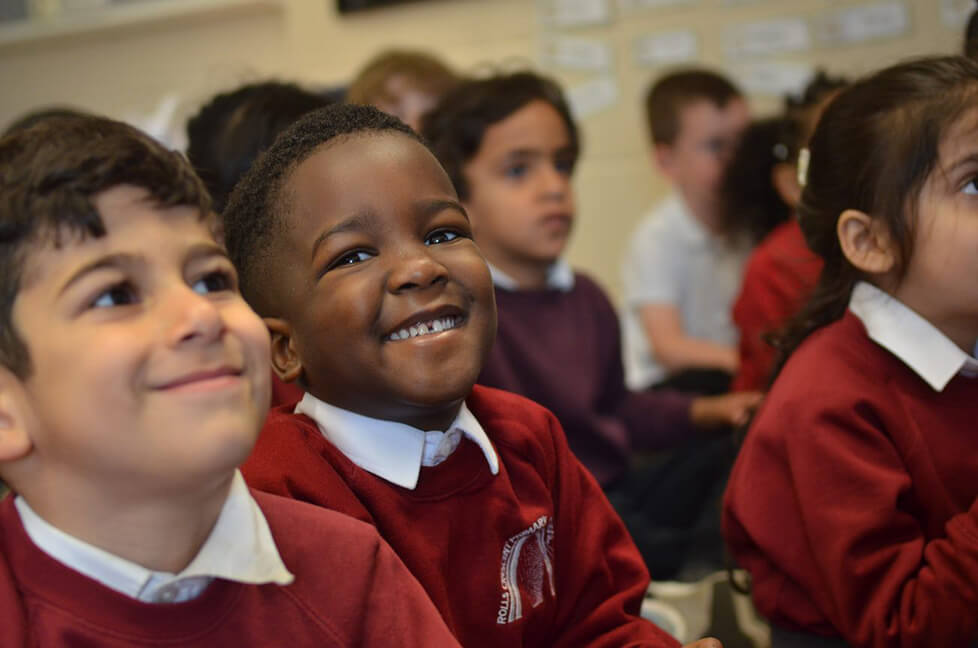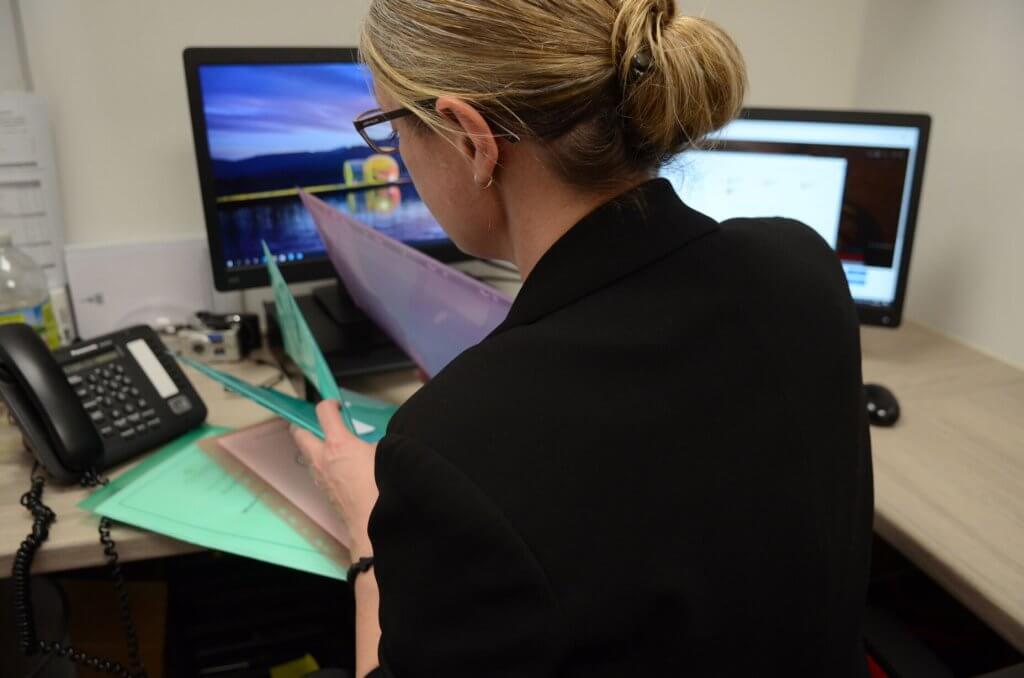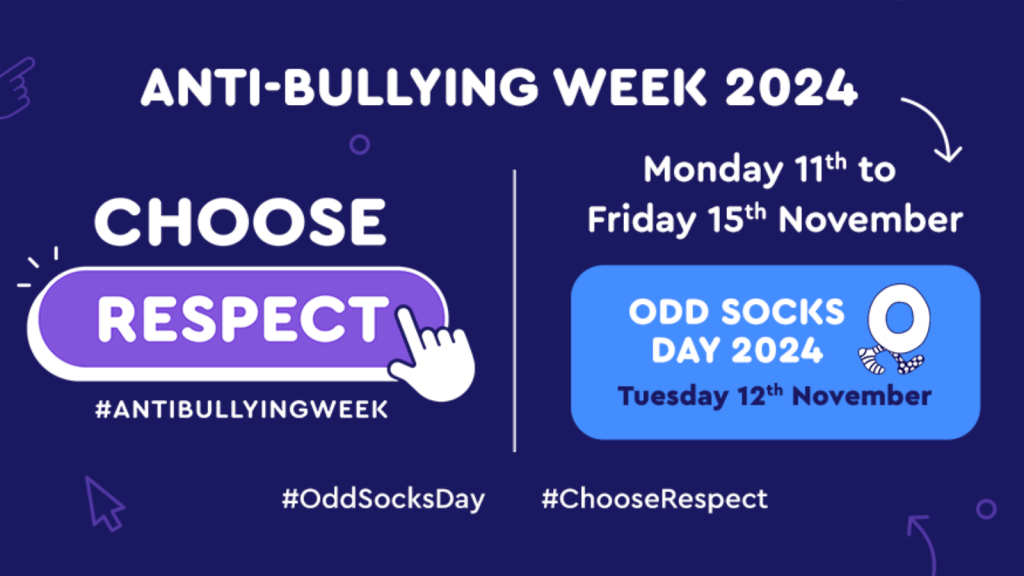Anti-Bullying Week takes place every year to raise awareness about the harms of bullying and the steps we can take to recognise and respond to it. This year, the theme is “Choose Respect,” reminding children and young people that standing up against bullying isn’t just about big actions – it’s a choice we make everyday, in every interaction.
As a complex and multifaceted issue, we believe that effectively tackling bullying requires a comprehensive approach that includes staff training and Creative Arts Therapies (CATs). In this blog, we will explain how this combined effort empowers both students and staff to foster a safe, empathetic school environment.
The Current Picture of Bullying in the UK
Despite efforts to address the problem, bullying remains a significant concern in many schools across the country. Research by the Anti-Bullying Alliance shows that more than 23% of school children are frequently bullied. Disadvantaged pupils and those with special educational needs or disabilities (SEND) are much more likely to be bullied.
The most common forms of bullying include behaviours such as name-calling, hitting, pushing, kicking, and having bad things said about them. Research indicates that face-to-face bullying remains more common than cyberbullying, with only 5% of pupils reporting that they are frequently bullied online.
Out of the 65,000 children surveyed, 6% admitted to frequently bullying others. Both pupils who have been bullied and those who bully are significantly more likely to report low wellbeing. Notably, the children who bully others are the most likely to report poor wellbeing.
Addressing the Root Cause of Bullying
When we talk about bullying, we naturally focus on the harms experienced by those who are being bullied. But taking a preventative approach against bullying also involves addressing the underlying causes of bullying behaviour.
A closer look at the data shows that children who frequently bully others are the least likely to enjoy going to school; feel safe at school; get on well with their teachers; and feel like they belong at school. This corresponds with research that suggests bullying behaviour is communication of an unmet need. Children who experience feelings of loneliness and low self-esteem may engage in bullying behaviours as an attempt to gain status, attention, and acceptance within a peer group.
There are a number of other factors that can contribute to bullying behaviours. For example, children who are exposed to domestic abuse may imitate aggressive or bullying behaviours in school without understanding the impact it has on others. Emotional dysregulation is another key factor, as children may engage in bullying behaviour as a way to cope with feelings of anger and frustration.
It is important to note that understanding the causes of bullying isn’t an attempt to excuse the behaviour – bullying is never okay and quick action should always be taken to protect victims from further harm. However, identifying the potential drivers of bullying behaviour can help us to implement effective and early intervention. With this holistic approach, we can not only put a stop to bullying that has taken place, but reduce the likelihood of repeated incidents by ensuring children’s emotional and social needs are met.
How to tackle bullying with Creative Arts Therapy
Children and young people may often struggle to identify and communicate their emotions and experiences. Creative Arts Therapies, including drama, music, dance, and visual arts, use the arts as a medium for exploring, understanding, and healing from complex emotional and social issues. CATs are particularly effective in addressing bullying as they allow individuals to process emotions and experiences in non-verbal, symbolic forms.
- Drama Therapy and Role Exploration
Through drama therapy, pupils can engage in role-playing that reflects real-life bullying dynamics, allowing for exploration of power and vulnerability in a controlled setting. This activity allows participants to witness and feel the impact of bullying behaviours and practise healthier interactions.
- Art Therapy for Self-Expression
Art therapy provides a safe, non-verbal way for pupils to express their emotions, especially those that might be hard to articulate. Visual art serves as an outlet for feelings of fear, isolation, or anger, empowering children to share their experiences and find a voice through art.
- Music and Dance/Movement Therapy for Emotional Release
Music and movement therapy allow pupils to process complex emotions physically, reducing anxiety and fostering connection. Group music-making or dancing encourages teamwork, collaboration, and positive social interaction, reducing isolation and helping to build empathy.
- Creating Safe Spaces with Play therapy
Techniques like sand play therapy allow children to create representations of their inner worlds and safe spaces, envisioning boundaries and safety. This method supports students’ sense of self and helps them build resilience by exploring symbolic protection and positive relationships.
Creative Arts Therapy can also play a crucial role in helping pupils develop a strong sense of self by exploring their own strengths, interests, and values. This strengthens self-esteem and reduces the likelihood that students will become either the target or perpetrator of bullying, as they are better equipped to establish healthy boundaries.
Similarly, many CAT activities, such as collaborative art projects or group improvisations, help pupils understand each other’s perspectives. For instance, in a drama therapy session where students swap roles between bully and victim, they learn empathy by experiencing what others feel, reinforcing the importance of kindness and respect. Collective activities can build a sense of community and belonging, reducing social exclusion and fostering connections.
Integrating Staff Training and CATs: Building a Culture of Compassion
When combined, Creative Arts Therapies and targeted staff training can transform school culture. This approach provides practical skills and an emotional foundation for staff to address bullying compassionately and effectively. Some ways to integrate CATs into staff training include:
- Workshops on Creative Discipline and Conflict Resolution:
Staff practise non-punitive approaches to conflict, such as restorative circles and visual journaling, to understand both sides of a conflict.
- Role-Playing Scenarios in Training:
By simulating real-life situations, staff gain insight into handling difficult interpersonal dynamics with empathy and creativity.
- Regular Reflective Sessions:
Facilitated by CATs professionals, these sessions give staff a space to process their emotions and experiences. Reflective activities, such as journaling, drawing, or movement exercises, allow staff to offload stress and build resilience.
Creative arts-based training can also help staff to address bullying in a highly competitive or punitive school culture, where aggressive behaviours can become normalised – including adult-to-child bullying. Although not often spoken about, adult-to-child bullying happens when authority figures, such as teachers or staff, misuse their power to demean, control, or intimidate pupils. Sometimes, this can happen unintentionally, as exposure to high levels of stress and vicarious trauma may trigger responses in staff that could be considered as bullying behaviour. This form of bullying is particularly damaging as it comes from a trusted adult in a student’s life, potentially leading to a long-lasting fear of authority and low self-esteem.
Staff training plays a crucial role in helping adults recognise these behaviours in themselves and others and learn to manage stress more effectively. This training can also introduce positive, relationship-centred discipline approaches, such as restorative practices and reflective listening. These methods encourage connection rather than punishment, reducing the likelihood of adult-to-child bullying and creating a school environment based on mutual respect.
Combining Creative Arts Therapies with staff training offers a powerful and comprehensive approach to understanding and addressing bullying in schools. Staff learn to approach pupils with compassion, empathy, and creativity, fostering a positive school environment that can prevent bullying. CATs enable pupils and staff to build connections, understand each other more deeply, and create a school culture where safety, kindness, and empathy thrive.
If you would like to learn more about our services, please get in touch.
By taking a proactive and holistic approach, we can not only heal the wounds of bullying but also build a resilient, compassionate school community where every individual feels safe, valued, and respected.
Please complete the form below and we will get in contact as soon as we can to help you with your query.
















